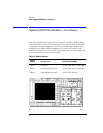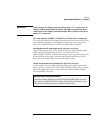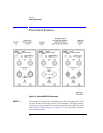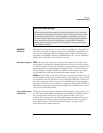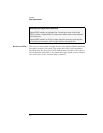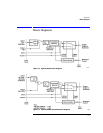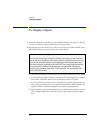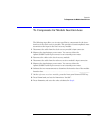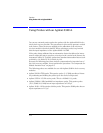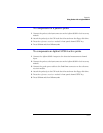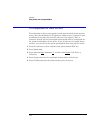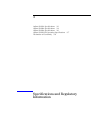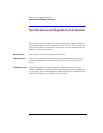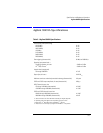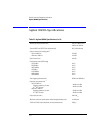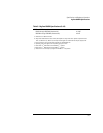
2-10
Operation
Using Probes with an Agilent 83491A
Using Probes with an Agilent 83491A
You can use external passive and active probes with the Agilent 83491A elec-
trical clock recovery module. The procedures in this section generate vertical
scale factors. These factors are applied to the calibration of the reference
receiver module’s electrical channel. When selecting a probe, keep in mind
that the input impedance of the Agilent 83491A is 50
Ω
.
If the probe being calibrated has an attenuation factor that allows the instru-
ment to adjust the gain to produce even steps in the vertical scale factors, the
instrument will do so. Typically, probes have standard attenuation factors such
as divide by 10, divide by 20, or divide by 100.
Because the following procedures include compensation for insertion loss of
the clock recovery module, do not perform the procedure “To Compensate for
Module Insertion Loss” on page 2-9.
The following probes are available for use with Agilent 83491A clock recovery
modules:
• Agilent N1020A TDR probe. This passive probe (1:1, 50
Ω
) provides a fixture
for positioning and holding the probe tip on the device being tested.
• Agilent 54701A 2.5 GHz active probe. This is a 100k
Ω,
10:1, probe.
• Agilent 54006A 6 GHz handheld low-impedance probe. This passive probe
(10:1, 500
Ω
, 20:1, 1k
Ω
) has an input capacitance of 0.25 pf.
• Agilent 1163A 1 GHz resistive-divider probe. This passive 500
Ω
probe has an
input capacitance of 1.5 pf.



